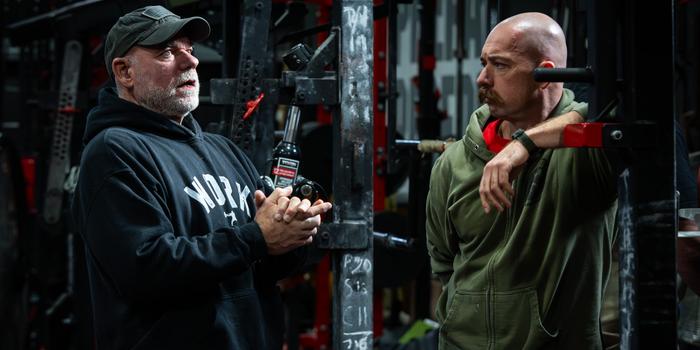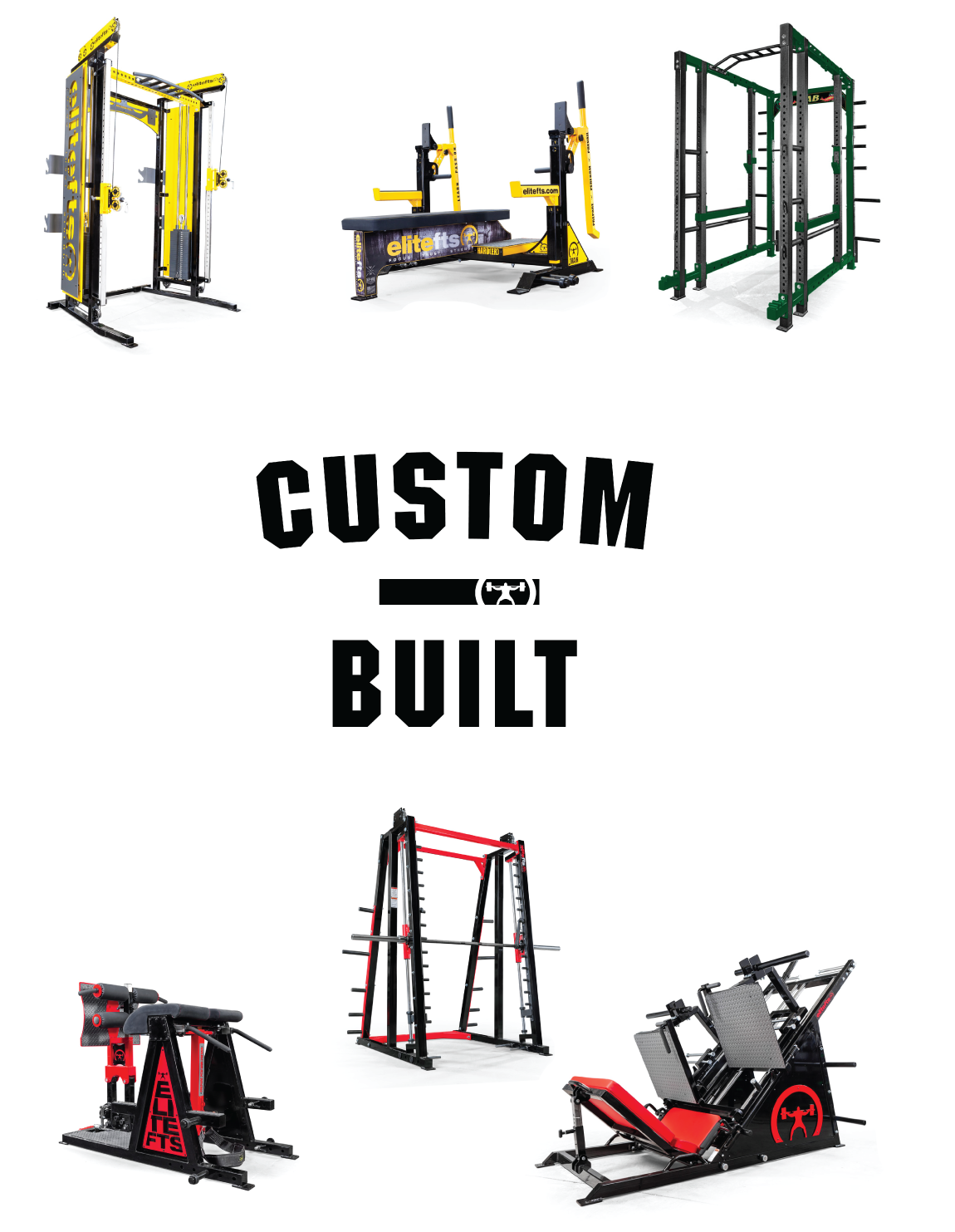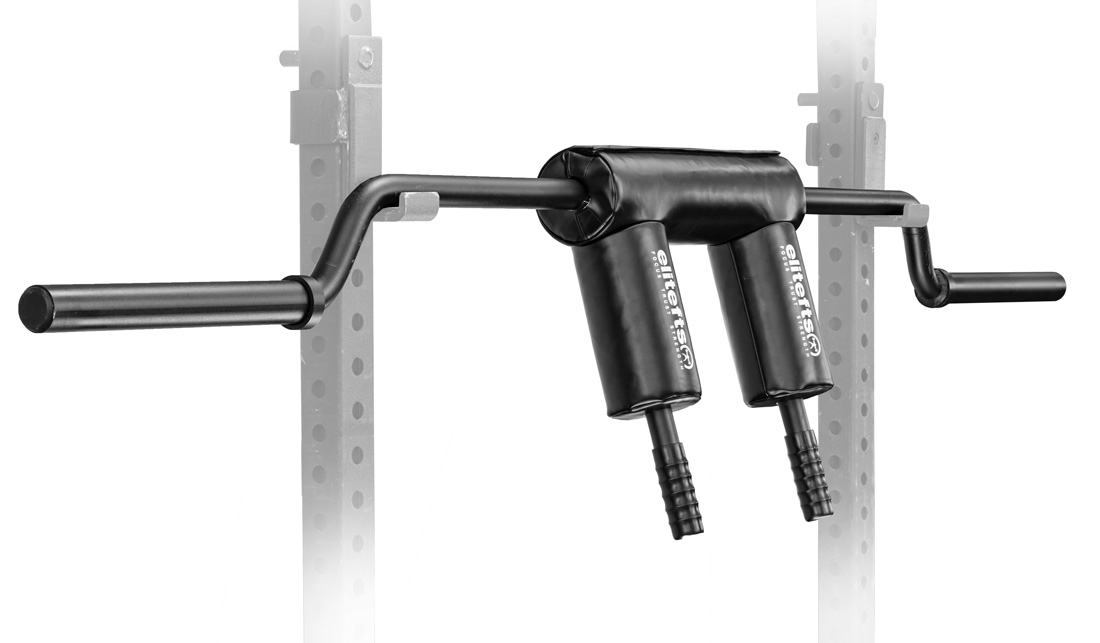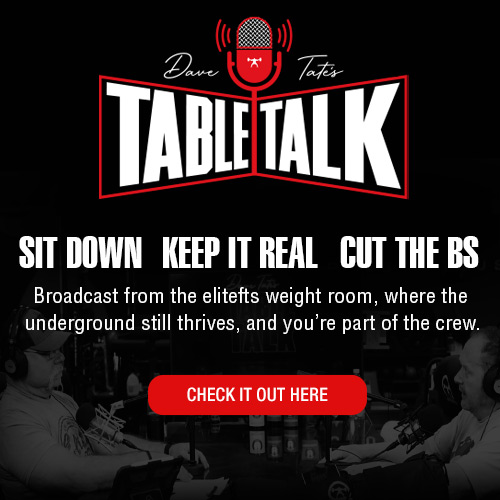
Just as the Earth revolves around the sun, every firehouse revolves around the kitchen table. It has been said that if there were a long enough table and enough coffee, firefighters could solve all the world’s problems. While the kitchen table solves many issues, it also contributes to one of the fire service’s greatest challenges: obesity.
Research indicates that the average weight gain for firefighters in the United States is 0.5 to 1.5 kilograms annually (1.1 to 3.3 pounds; Soares et al., 2020). Combined with sleep deprivation and long periods of inactivity, this weight gain contributes to cardiovascular problems. In fact, the leading cause of firefighter deaths is not cancer or on-the-job hazards but cardiovascular disease and stroke (Poston et al., 2011).
The Challenge of Firehouse Nutrition
If you know even one firefighter, chances are you know someone with two or more cardiovascular risk factors (Jeung et al., 2022). Yet despite widespread awareness, finding a solution at the kitchen table isn’t simple.
We all know what we should be eating—rainbow-colored fruits and vegetables, lean protein, fewer processed foods. But changing the culture of shared meals is difficult. Firefighters who pack healthy food often get ribbed with lines like, “Your diet isn’t more important than family time.” Mealtime is sacred in the firehouse. It’s where bonds form, stories flow, and camaraderie is built.
So, if we can’t change how the crew cooks, what can we do as individuals to prevent weight gain and reduce cardiovascular risk?
The answer lies in three simple practices: movement, portion control, and supplementation.
Step 1: Movement
A well-rested firefighter is an effective firefighter, but downtime shouldn’t mean a sedentary lifestyle. A simple first step is tracking your daily movement. Most smartphones already have built-in apps that can track steps.
- Target: Aim for 8,000–12,000 steps per day.
- Start Small: If you’re below 8,000, work your way up gradually.
- On Duty: Add steps by walking laps around the bay, taking longer routes for routine tasks, or walking after meals.
Ten minutes of walking after lunch and dinner not only aids digestion but also helps meet your step goal. Use this time to call family, listen to a podcast, or decompress.
Remember, you can’t rely on call volume to meet your daily activity needs—you need to make movement a deliberate part of your shift.
Step 2: Portion Control
The simplest way to manage weight is by controlling portions. A free nutrition app can help track calories and macronutrients.
At the firehouse, meals are often unpredictable until groceries are bought (Horton Dias et al., 2024). To keep things manageable:
- Use a Measuring Cup: Instead of scooping out a heaping ladle of “firehouse surprise,” measure a consistent portion.
- Track It: Log your serving size into a nutrition app.
- Stay Under the Radar: If you don’t want comments, measure your ladle size in advance and stick to that amount.
Set your app to a slow, steady goal—losing one pound per week, or maintenance if you just want to stay level.
Step 3: Supplementation
Some firehouse meals—like pizza rolls or brats and tots—aren’t exactly heart-healthy. Instead of skipping the meal (and the camaraderie), supplement with healthier additions.
- High-Protein Options: Cottage cheese, Greek yogurt, or Skyr can boost protein intake and satiety.
- Practical Example: Add cottage cheese to brats and kraut or under spaghetti sauce for a lasagna-like flavor.
- Healthy Snacks: Keep protein bars or whole fruit in your locker to replace junk food.
These supplements let you enjoy meals with your crew while quietly making healthier choices.
Conclusion: Small Changes, Big Results
These strategies—movement, portion control, and supplementation—are simple but effective. They don’t disrupt firehouse culture, and they can help firefighters avoid obesity and heart disease.
Weight gain may be easy, but losing it is harder, especially as the years go on. With consistent small changes and smart training, you can stay leaner, healthier, and ready for duty—without missing a single mealtime story.
As firefighters, we owe it to ourselves, our families, and our crews to take care of our health. After all, we want to keep solving the world’s problems at that kitchen table for many years to come.
References
- Soares, E. M. K. V. K., Smith, D., & Porto, L. G. G. (2020). Worldwide prevalence of obesity among firefighters: A systematic review protocol. BMJ Open, 10, e031282.
- Poston, W. S. C., Haddock, C. K., Jahnke, S. A., & Jitnarin, N. (2011). The prevalence of overweight, obesity, and substandard fitness in a population-based firefighter cohort. Journal of Occupational and Environmental Medicine, 53(3), 266–273.
- Jeung, D.-Y., Kim, S. W., Lee, S. H., & Cho, J. S. (2022). Effects of emergency duties on cardiovascular diseases in firefighters: A 13-year retrospective cohort study. Journal of Occupational and Environmental Medicine, 64(6), 510–514.
- *Horton Dias, C., Ribeiro, M. C., & Lima, A. T. (2024). A theory-guided qualitative exploration of occupational influences on firefighters’ dietary behaviors. Workplace Health & Safety, 72(12), 528–541.
Brad is a dad, Firefighter/Paramedic, and strength enthusiast from central Ohio. In his personal life Brad volunteers with his child’s school and travels the Midwest competing in Highland Games, Powerlifting, and Strongman. Professionally Brad has worked in public safety for twenty years and has a passion for Tactical Medicine and Technical Rescue. Believing in a Blue collar approach to strength Brad enjoys helping other firefighters, police officers, and athletes get stronger.








